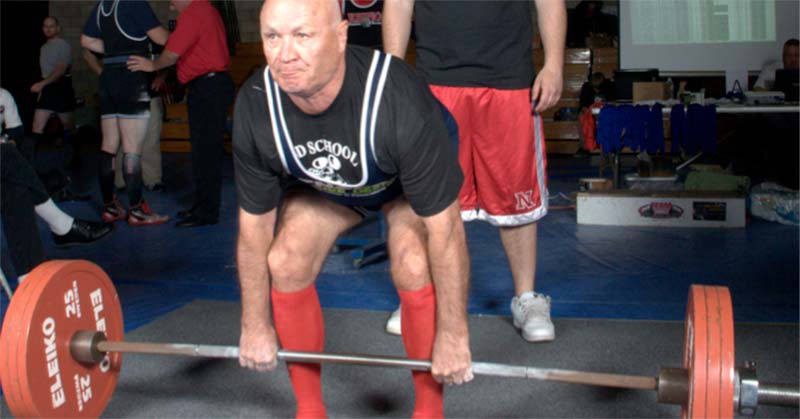GaryT
Level 5 Valued Member
Or simply focus on blocks of time or programs as many do here. Strength/power focus program/hypertrophic focus, etc.I agree. I find strength training more sustainable and easier to recover from, which I assume becomes more challenging as you age.
How about two days a week of strength, then a third with a strength and hypertrophy focus?
Being an “older model terminator” in my 60’s, there’s a sentence in q/d I never forget that begins with, “In aging, there is a preferential loss of type 11 fibers; …”
The link I provided talks about power out the window first, then strength, etc just as in the book.


